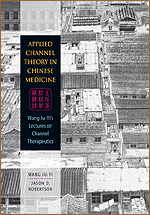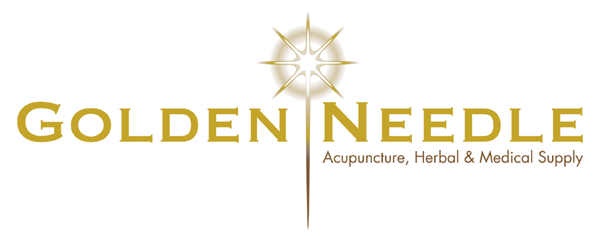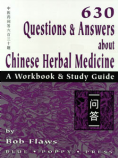Applied Channel Theory in Chinese Medicine: Wang Ju-Yi's Lectures on Channel Therapeutics

Applied Channel Theory in Chinese Medicine: Wang Ju-Yi's Lectures on Channel Therapeutics
| SKU | EAST114 | |
| Brand | EASTLAND PRESS | |
| Unit Size | 718 pages, 7" x 10" 275 Illustrations & tables Cloth | |
| Properties | ISBN: 0-939616-62-9 978-0-939616-62-6 | |
| English name | Applied Channel Theory in Chinese Medicine: Wang Ju-Yi's Lectures on Channel Therapeutics | |
| Description | Applied Channel Theory in Chinese Medicine: Wang Ju-Yi’s Lectures on Channel TherapeuticsWang Ju-Yi Applied Channel Theory in Chinese Medicine demonstrates how a deeper understanding of the interrelationship between organ and channel theory can lead to more precise diagnoses and better clinical results. This book is a collaboration between Wang Ju-Yi, one of modern China’s most respected scholars, teachers, and practitioners of traditional Chinese medicine, and his American apprentice and practitioner, Jason Robertson. REVIEWS"The value of this book functions as a follow-up to every TCM book we have ever seen. It takes up where Giovanni leaves off and explores what CAM only hints at. It takes Pirog and runs with it. This is one of the few TCM books that I wanted to read from front cover to back. And when I finished it, I started again from the front and re-read it. It's that good. It's that necessary." "I would recommend this book to anyone who feels at all uncomfortable with the approach of modern TCM acupuncture, which Dr. Wang sees as a ‘shadow medicine’ (useful as a starting point and convenient to teach, but lacking in flexibility and nuance). Although the ideas presented are those of only one practitioner, they are clearly based on a lifetime of passionate dedication, and because of that, they feel deeply authentic. I have no doubt this beautifully realized book will inspire many practitioners to re‑think or adapt their approach, and it will certainly deepen their knowledge of channel theory. What a bonus that, because of its intimate style, it is also easy and enjoyable to read." CONTENTS
|
|



